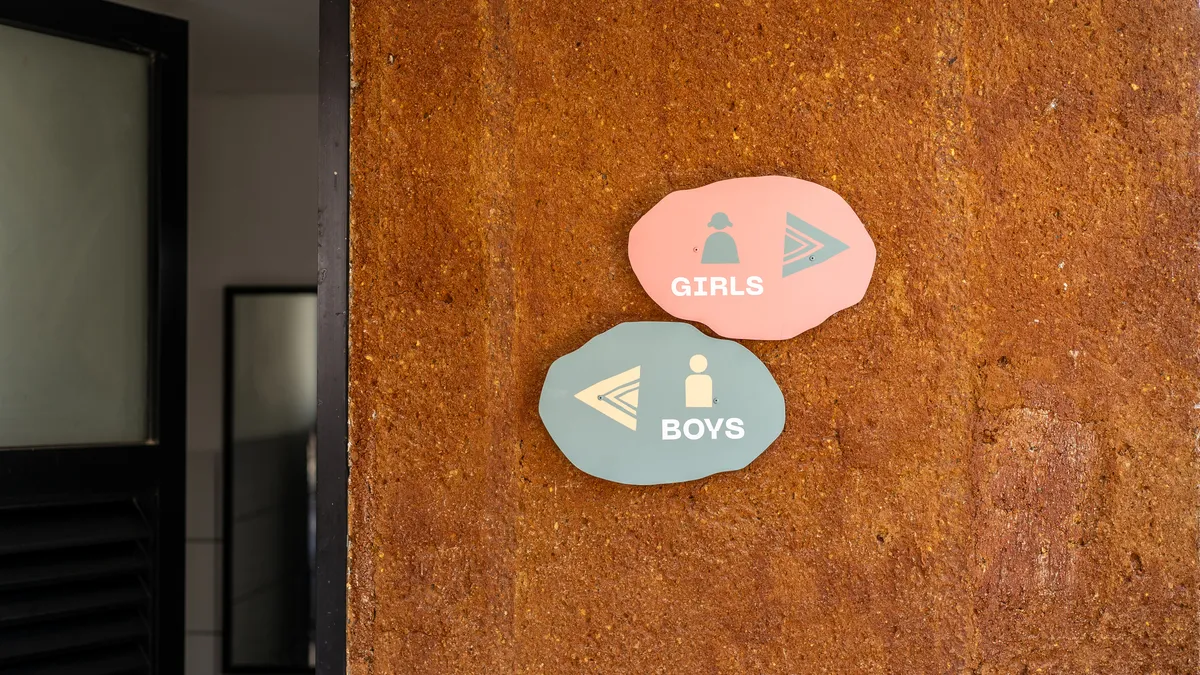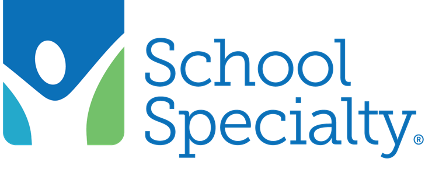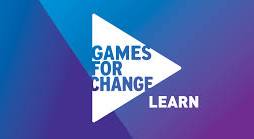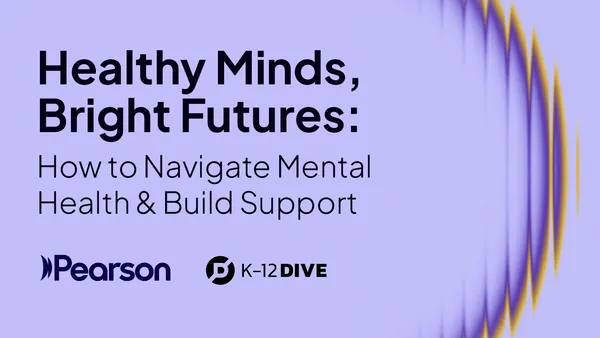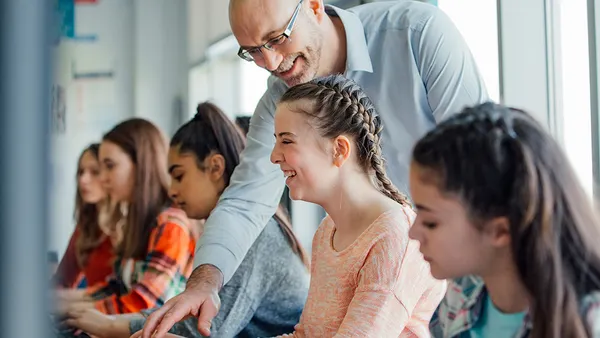Dive Brief:
- Micro-schools, which embrace a student-centered approach and small student populations outside of traditional classrooms, represent a shift away from the traditional model — but just how much they can scale is an open question.
- Justin Cohen, a fellow at the Broad Center for the Management of School Systems, writes for EducationNext these schools have clustered in elite communities where families who can pay pricey tuition for the benefits of deeper learning and risk the unproven design are virtually the only ones who do.
- In the private sector, micro-schools have the flexibility they need to run alternative programs, but some have offered sliding-scale tuitions to expand access, and partnerships between micro-schools and school districts — or even more traditional private schools — offer pathways to faster growth for the model.
Dive Insight:
The traditional school model is often likened to a factory model, where standardization is the key to success. But new classroom technologies have spurred the growth of personalized learning, where all students are asked to take greater ownership of their learning paths while having their interests and needs supported.
Whether it happens in micro-schools or schools-within-a-school or even stations in a single classroom, the trend toward personalization is a foundational element of School 2.0, which is designed to best serve students who need to be prepared for the 21st century and jobs that don’t even exist yet. These new models aim to give students more agency, they emphasize communication, collaboration and critical-thinking, and they often eschew the primacy of standardized testing.



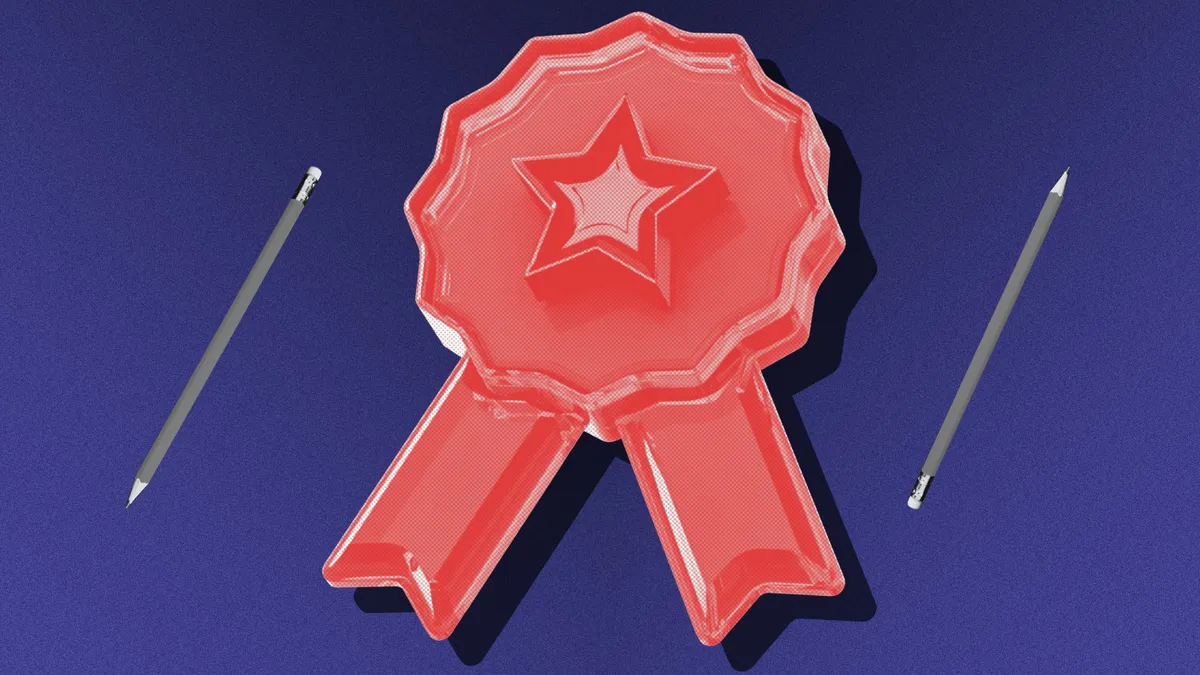

 Dive Awards
Dive Awards
